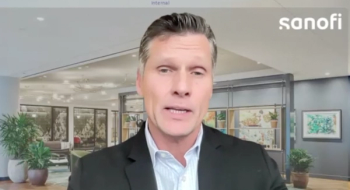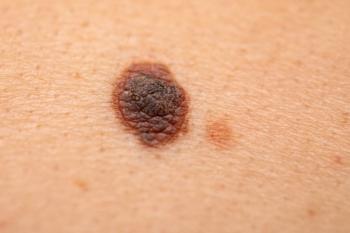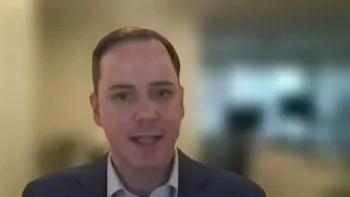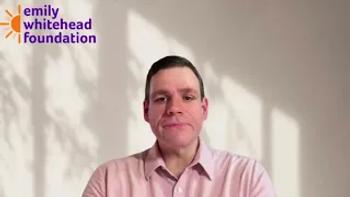
Care management and P4P programs face the same challenge: getting physicians to trust and use payer data
Care management and pay-for-performance (P4P) programs couldn't be more popular in the industry. Although often thought of and managed separately, their goals are really the same: to focus attention and dollars where they will have the greatest impact on patient care. With care management, the focus is on finding and providing specialized services to those who either have chronic illnesses or who might be heading down the path toward them. P4P merely casts the net wider with its assumption that tying physician payments to standards of care will deliver optimal care along the healthcare continuum.
Care management and pay-for-performance (P4P) programs couldn't be more popular in the industry. Although often thought of and managed separately, their goals are really the same: to focus attention and dollars where they will have the greatest impact on patient care. With care management, the focus is on finding and providing specialized services to those who either have chronic illnesses or who might be heading down the path toward them. P4P merely casts the net wider with its assumption that tying physician payments to standards of care will deliver optimal care along the healthcare continuum.
Both programs, linked by a common goal, also share one large challenge to their successful implementation: how to bring physicians vital clinical information for the right patient at the right time so they can put it to use. Without timely access to information, physicians will fail to become enthusiastic participants in and beneficiaries of these programs, as will their patients.
As with most challenges in healthcare, electronic medical record (EMR) technology is often believed to be the only way to close data-sharing gaps. However, are there fresh approaches to the problem that don't require such a large technological "leap of faith" but still ensure that these programs achieve their goals?
Payers certainly realize the importance of communicating information that will improve healthcare quality with their physician networks and encouraging the information's use, as evidenced by the growing number of health plans that are issuing payments to physicians to use technology, to participate in care management programs and to adhere to quality standards. But physicians already are motivated to provide the best care they can and should be primed to "hear" fair and accurate information about how they care for their patients, as well as suggestions for how that care could be delivered in greater compliance with evidence-based guidelines.
So what stands in the way of physicians taking in what payers have to say and using the information to their own and their patients' benefit? Most information exchange between payers and physicians occurs through printed reports that are received too infrequently and retrospectively to be useful, and their sheer volume means they will never provide useful information to physicians and their staff when it might best effect change-i.e., when they are in the midst of treating patients. Even where a physician's office employs an EMR, it won't necessarily have ready access to information generated outside of the practice.
Innovative payers around the country are beginning to break down these barriers with a variety of approaches that share some basic principles.
TAKE TECHNOLOGICAL "HOPS"
Payers have the right idea with their growing interest in encouraging technology adoption among their networks. However, financial incentives do not change the fact that an EMR still represents a major technological leap for most practices.
Smaller technological "hops" toward an EMR-such as being able to access medication histories and get the results of lab orders online-can begin automating the clinical side of the practice little by little, with only minor changes to office workflows. As comfort levels grow, additional applications can be added, moving practices down the EMR path more gradually. These technological hops should be prioritized so that they address immediate barriers to a practice's success in its market; if prescription patterns are a focus of change, for example, incentives should focus on electronic prescribing tools. The question should always be: Where can you save physicians the most time and the most dollars while making incremental improvements in care?
USE ESTABLISHED WORKFLOWS
One of the greatest strengths of payer data is it comes from a variety of sources (e.g., labs, specialists, disease management programs), and one of the greatest strengths of payers themselves is their unique ability to merge this data to form a more cohesive view of patient care and provider performance. Bringing this data to physicians' attention does not necessarily require a major technology implementation, but it does require that the data somehow enter the existing workflow of the physician's office.
Newsletter
Get the latest industry news, event updates, and more from Managed healthcare Executive.




















































